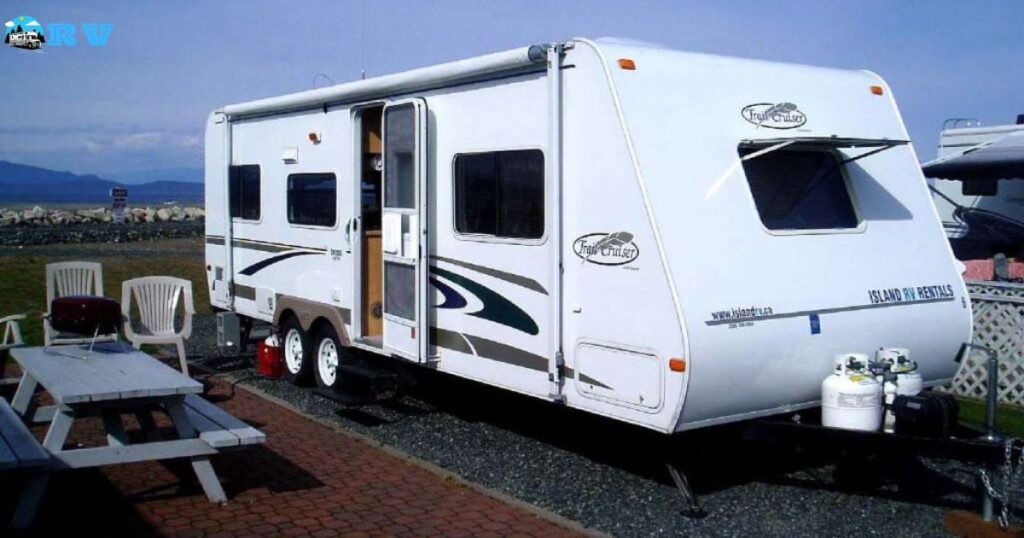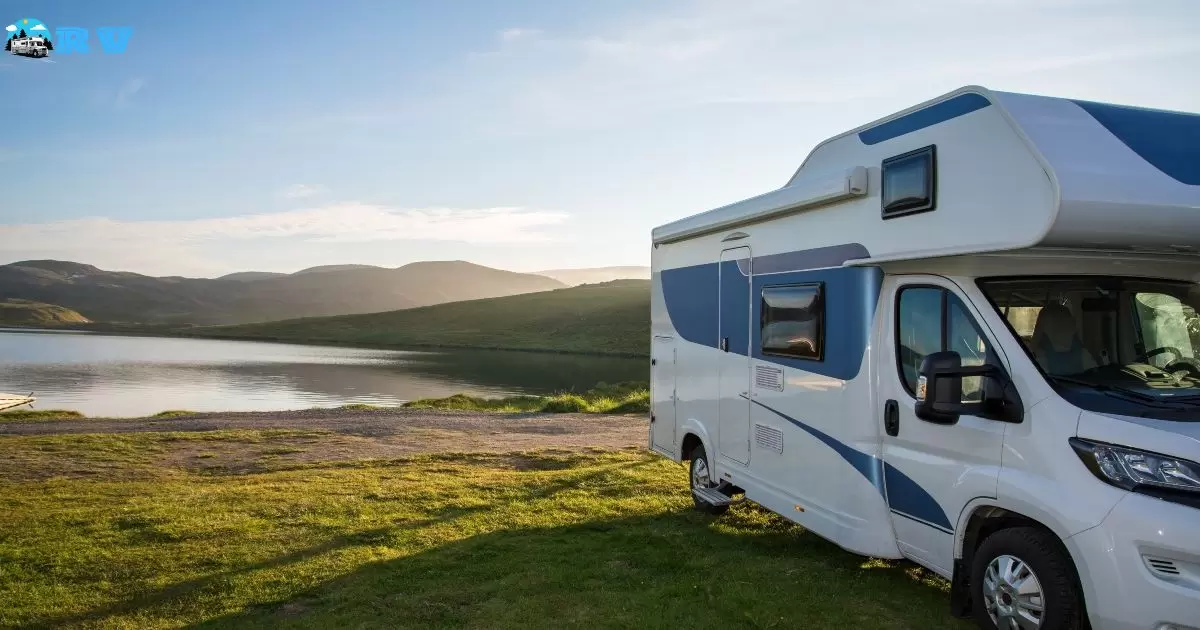Anchoring an RV to the ground involves securing it with stakes or specialized anchors to prevent movement or shifting, ensuring stability and safety during occupancy. It’s a safety measure against wind, uneven terrain, or accidental movement, enhancing overall stability and peace of mind.
Discover the essential steps to safeguard your RV’s stability and safety on any terrain. Learn how to anchor an RV to the ground effectively, ensuring a worryfree outdoor adventure and peace of mind throughout your travels.
Anchoring an RV involves using stakes or specialized anchors to secure it firmly to the ground, preventing movement. This ensures stability, especially in windy conditions or on uneven surfaces, enhancing safety and comfort during your travels.
Types of Anchors for Securing Your RV
When it comes to securing your RV, various anchors work wonders. There are screwin anchors, great for firm soil, and corkscrew anchors that dig deep into softer ground. Concrete anchors provide stability on harder surfaces, while deadman anchors excel in sandy areas. Each type caters to different terrains, ensuring your RV stays firmly grounded wherever you roam.
Screwin anchors twist securely into the ground, ideal for grassy or hard soil. Corkscrew anchors boast a spiral design, perfect for softer terrain. Concrete anchors anchor your RV to hard surfaces like pavement, ensuring stability. Deadman anchors bury deep into sand or loose soil, offering reliable support. Whatever your adventure, there’s an anchor to suit your RV’s stability needs.
Essential Tools Needed for RV Ground Anchoring
To properly anchor your RV, gather essential tools: sturdy stakes or anchors, a hammer, and a reliable drill. These tools allow you to secure your RV firmly to the ground, ensuring stability during your travels.
Having the right tools for RV ground anchoring is crucial. Equip yourself with stakes that penetrate the ground easily and a drill for more secure anchoring. A hammer assists in driving stakes firmly, making your setup process simpler and your RV more secure.
Guide Anchoring Your RV Safely
Here’s a simplified guide for anchoring your RV safely:
Prepare your anchoring gear: Gather stakes or specialized anchors, a mallet, and any necessary tools.
Choose a secure spot: Look for level ground and assess the terrain for stability.
Position your RV: Park the RV where you plan to anchor it, aligning it for stability and accessibility.
Install the anchors: Drive stakes or place anchors firmly into the ground at each designated spot.
Secure the RV: Use cables or straps to attach the anchors to your RV’s designated anchoring points.
Tighten and test: Ensure everything is secure, and check for any movement or sway.
Regular checks: Periodically inspect the anchors to maintain a safe and secure setup.
Best Practices for Ground Anchoring an RV
Best practices for anchoring an RV involve choosing sturdy anchors suitable for the ground type. Use proper tools for installation, ensuring they’re firmly secured. Consider adding multiple anchors for added stability, especially in windy conditions. Regularly inspect and maintain the anchors to ensure they’re in optimal condition for reliable use.
When anchoring an RV, start by assessing the terrain and selecting the appropriate anchoring method. Ensure the anchors are placed at the correct angles for maximum effectiveness. Always follow manufacturer guidelines for installation and consider using techniques like cross anchoring for enhanced stability.
Choosing the Right Anchoring System for Your RV

Choosing the best anchor system for your RV is crucial. Consider the type of terrain you’ll encounter: heavyduty screwin anchors work well for soft ground, while rock or concrete anchors suit harder surfaces. Think about the RV’s size and weight to ensure the anchors can support it adequately.
Different anchor systems offer varied benefits. Some use straps and tension to secure the RV, ideal for flexibility in setup. Others rely on screws or stakes, providing robust stability. Assess your needs based on convenience, ease of installation, and the level of security required to find the perfect anchoring solution for your RV.
Anchoring Techniques for Different Terrains
Different terrains require specific anchoring techniques for RV stability. On soft ground like sand or soil, use screwin anchors for a secure hold. In rocky areas, opt for heavyduty stakes or clawlike anchors to grip the surface effectively. Adjust anchoring methods based on terrain type for reliable stability.
When facing hard surfaces like pavement or concrete, utilize drillin anchors or specialized adhesive anchors designed for solid ground. For grassy or softer terrain, employ corkscrew anchors or augerstyle stakes to ensure a firm grip. Adapting anchoring techniques to various terrains is key to safeguarding your RV against shifting or movement.
Securing Your RV Ground Anchor Installation Tips
Securing your RV with ground anchors is crucial for stability. Follow these simple tips for smooth installation:
- Choose anchors compatible with your RV and the ground type.
- Clean the installation area to ensure a firm grip.
- Position anchors strategically for balanced support.
- Use proper tools and equipment for secure installation.
- Drive anchors deep into the ground for stability.
- Check for tautness in the anchor system before finalizing.
- Regularly inspect and maintain anchors for optimal performance.
A secure installation ensures your RV remains steady in various conditions. Remember, proper placement and maintenance enhance overall stability, promising a safer and worryfree experience during your travels.
Importance of Properly Anchoring Your RV
Properly anchoring your RV is crucial for stability and safety. It prevents unexpected movement, especially in windy conditions or on uneven surfaces, ensuring a secure and comfortable stay during your travels. This anchoring process offers peace of mind, allowing you to relax and enjoy your time without worrying about your RV shifting or swaying, enhancing overall safety for both you and your vehicle.
Without proper anchoring, an RV becomes vulnerable to shifting or tipping, posing safety risks. Proper anchoring secures your RV, preventing accidents or damage caused by unexpected movement. It’s a simple yet essential step to ensure a stable foundation, enabling you to enjoy your journey worry-free, knowing your RV is firmly grounded and safe from potential hazards.
Safety Measures Anchoring Procedures for RV Stability
Ensure RV stability by using proper anchoring methods, securing it firmly to the ground with stakes or specialized anchors. Follow manufacturer guidelines for correct installation to prevent movement, especially in windy conditions or on uneven terrain.
Implement safety measures by regularly inspecting anchor points, including those related to RV slide outs 101, and replacing any worn-out equipment. Always double-check the anchoring system before setting off on your travels for a worry-free and stable RV experience.
Securing Against Wind RV Ground Anchoring Solutions
Protect your RV from strong winds by using secure ground anchors. These solutions keep your vehicle stable, preventing it from tipping or shifting during gusts. Choose sturdy anchors and follow proper installation to safeguard against wind damage and ensure a worry-free experience on the road.
RV ground anchoring solutions offer peace of mind in unpredictable weather. By anchoring your vehicle securely, you prevent potential accidents or damage caused by strong winds. Invest in reliable anchors and follow recommended techniques to ensure your RV stays safe and steady, no matter the wind conditions.
DIY RV Anchoring Methods Made Easy
DIY RV anchoring methods are straightforward. Start by selecting the right anchors for your RV size and terrain. Then, use tools like mallets or drills to secure them firmly into the ground, ensuring stability for a worry-free adventure.
Consider using screw-in anchors or heavy-duty stakes for different ground types. Follow manufacturer instructions or online guides for step-by-step assistance. With these easy methods, anchoring your RV becomes a simple task, enhancing safety and peace of mind during your travels.
Troubleshooting: Common Issues with RV Ground Anchoring
Troubleshooting RV ground anchoring. Ensure stakes are deep enough, avoiding loose anchoring. Consider anchor type and terrain; rocky surfaces might hinder secure fastening. Check for tautness in ropes or chains; slack can cause instability in windy conditions.”
If facing issues, reassess anchor placements for stability. Ensure proper tension to resist movement or shifting. Also, inspect anchors for damage or wear; replacements may be necessary for secure RV anchoring.
FAQs
How deep should I drive the stakes for RV ground anchoring?
Stakes should penetrate the ground at least 6 to 8 inches for secure anchoring, ensuring stability.
Which type of anchors works best for different terrains?
For softer ground, consider corkscrew or auger-style anchors, while rockier terrain may require heavy-duty, claw-like anchors for better grip.
Can I use regular tent stakes to anchor my RV?
While possible, it’s advisable to use heavy-duty RV-specific anchors or stakes designed for greater stability and security.
Conclusion
Securing your RV to the ground is key for a safe and enjoyable journey. By following these simple steps and choosing the right anchors, you ensure stability and peace of mind on various terrains. Remember, it’s not just about preventing movement; it’s about embracing a worry-free adventure, safeguarding your home-on-wheels wherever you roam.
Whether it’s stakes, augers, or specialized anchors, finding the right fit for your RV and understanding how to use them properly makes all the difference. With a well-anchored RV, you’re set for a smooth and secure travel experience, ready to relish every moment of your outdoor escapades.











